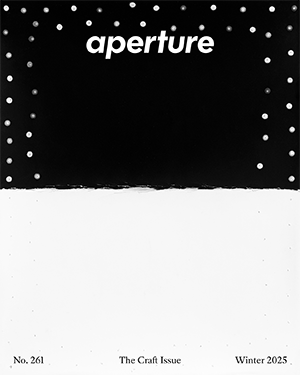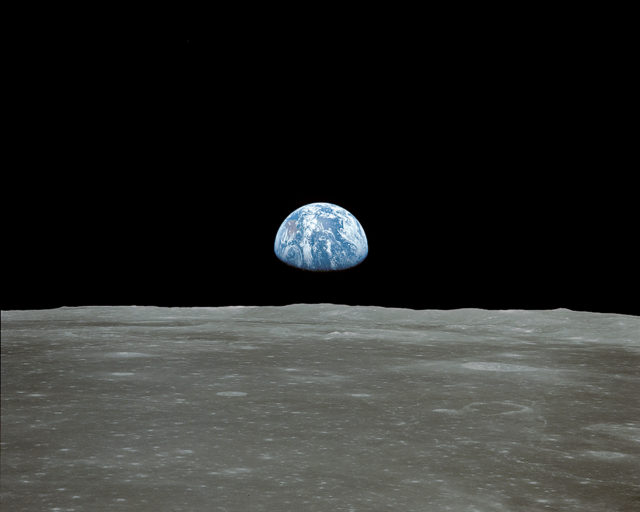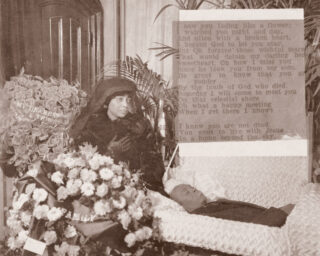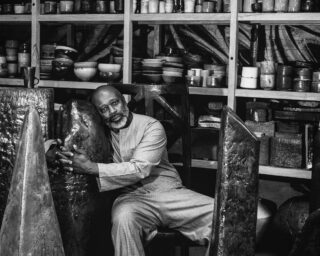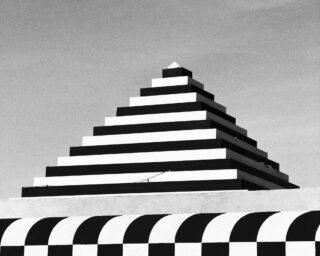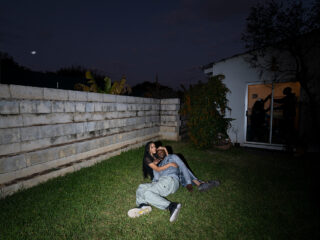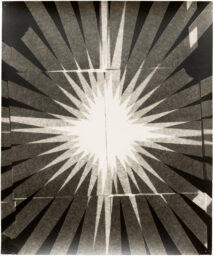The James Webb Space Telescope’s Vision of the Cosmos
For the world’s most powerful camera, translating invisible light is a matter of art and science.
In the mid-nineteenth century, William Henry Fox Talbot, one of the inventors of photography, proposed a cutting-edge experiment. Scientists were beginning to study light beyond human vision, light we now describe as infrared and ultraviolet, and Talbot conceived of a way to photograph with these invisible rays. Although photography was less than a decade old, and he never tried the method himself, Talbot was confident that “the eye of the camera would see plainly where the human eye would find nothing but darkness.” Jump forward to the twenty first century, and images from the James Webb Space Telescope deliver on that promise. The telescope, which was launched into orbit in 2021 and relies on methods that echo those proposed by Talbot, observes infrared light with seemingly impressive ease, and its vividly colored, highly detailed images show us what had previously been hidden from view. But to depict what the infrared camera sees plainly requires another jump, a leap from detecting the presence of light to translating it for our eyes.

Courtesy NASA
With its view of the Pillars of Creation, the Webb revisits a star-forming region in the Eagle Nebula made familiar by Hubble Space Telescope images. But now we see more—more of everything. The three immense columns of gas and dust glow with silvery light, highlighted by areas in brilliant red. With close study, one finds stunningly complex and detailed forms within the columns. These are not monoliths but vast and varied topographies that invite exploration. The sky in the background is decorated with an array of colors: deep blue in the lower left, violets and purples in the middle, and fiery orange along the top. And stars, thousands of points of light in various sizes and hues, speckle the entire field of view.
The appearance of these images depends on careful choices by astronomers and image processors, who adjust contrast, clean up flaws, and choose how to orient the celestial scenes. These decisions help to make evident the scientifically interesting aspects of the observations. They also align these views of distant nebulae, stars, and galaxies with our aesthetic standards and expectations, the visual language we have learned through looking at pictures of our world. The ideal translation then reads in two tongues, as scientifically valid and aesthetically compelling.

Courtesy NASA
The delicate balance of science and aesthetics is most evident in the colors. The Webb’s cameras record monochromatic observations, each taken through a filter that registers light at a particular wavelength. To create a color image, astronomers and image processors digitally combine at least three different observations together, assigning a unique hue to each one. The relative wavelengths guide the color choices: typically, blue is assigned to the observation that corresponds to the shortest wavelength of light, red to the one at the longest wavelength, and green to the one in the middle. When image processors follow the convention exactly, colors can make visible the physical properties of the nebula for those who know the key.
However, the translation is often more complex than such a straightforward example suggests. Webb’s resplendent Pillars of Creation incorporates nine observations, and image processors introduced other hues—purple, yellow, cyan, and orange—to distinguish between them. The practice of mapping color and relative wavelength guides the choices, but as the colors multiply and combine, it becomes much more difficult to interpret just by looking. Instead, the Webb images’ rainbow palette delivers something more esoteric: a glimpse, at least in translation, of the unimaginable hues that lie beyond red.

Courtesy Minor White Archive, Princeton University Art Museum
The photographer Minor White, writing in a journal entry from the 1950s, asked: “How far can camerawork go toward making manifest the invisible? That is its work, but how far can it go?” White experimented with infrared film around the same time, photographing the rural landscapes of upstate New York. In Road and Poplar Trees (1955), a banal, even clichéd scene of a poplar-lined lane becomes subtly and compellingly strange. The leaves of the trees vibrate with an animated brilliance. Dark shadows create unsettling gashes along the pathway. Much like the astronomical images, the representation of light in White’s photograph can be interpreted in multiple ways. It makes the physical presence or absence of infrared light visible and also invites us to see the mysterious in the familiar.
For the Webb images, the translation operates in the opposite direction, bringing the alien and otherworldly down to earth and to our human eyes. Since their first release in July 2022, the telescope’s images have been met with enthusiasm and excitement, especially for how plainly the camera sees. But it’s easy to forget or overlook how far the telescope extends human sight and the strangeness of that experience. Over its lifetime, the Webb will help astronomers address a range of scientific questions. Its images have already responded to another question, one that has engaged photographers as deeply as it has scientists: How to represent what we cannot see?
This article originally appeared in Aperture, issue 252, “Accra.”
